What is Jewish Art?
What is Jewish art?
Associate Professor Leonard Bell from the University of Auckland introduces us to the complexities and conundrums of identifying a distinctive Jewish art. Twelve or so leading scholars and writers grappled with the question, ‘What is Jewish Literature?’ in a 1994 book with the same title, edited by Hana Wirth-Nesher. They did not agree on an answer.
Many people since the 19th century have attempted to define what ‘Jewish art’ was or is. Like the question ‘Who is a Jew?’, there have been differing and conflicting definitions. There has been no consensus. ‘Is there a Jewish Art?’ is the title and first sentence of a now-famous 1966 lecture and essay by the eminent American critic, Harold Rosenberg, who was Jewish. He continued, ‘First they build a Jewish Museum [in New York], then they ask, Is there a Jewish art? Jews!...The Gentile answer is: Yes, there is Jewish art, and No, there is no Jewish art. The Jewish answer is: What do you mean by Jewish art?’
Perhaps a distinctively Jewish art does not exist? Some would argue that novelist Philip Roth’s remark that he was not a Jewish writer, but a writer who is Jewish could be extended to art and artists? Certainly there have been and are plenty of artists who were or are Jewish. But was there art that was distinctively Jewish, and if it were, what made it so? Would it be a matter of sustaining concerns, subject matter and motifs, or would it be a matter of style, of how particular subjects and concerns were drawn, painted, sculpted or photographed? Would the art need to be completely different in both subject and style from the arts of other peoples?
The same questions could be asked about ‘New Zealand art’ or ‘Chinese art’. Rosenberg observed that ‘in a mysterious way’ we recognise that there are things that can be called American art, even if it is difficult to establish precisely what that is. Any Jewish art would be even more complex and ambiguous. The question whether art was Jewish or not would generate more questions. Would it be primarily determined by consciousness and sensibility, or by genealogy and biology, or by socio-cultural experience and knowledge? Definitive answers remain elusive.
Comedian Lenny Bruce, who was Jewish, argued that all Jews were not necessarily Jewish, while some people, who were not Jews, were Jewish. Would an artist need to be Jewish to create Jewish art? Certainly many artists of Jewish descent have been active and influential in the wide world of art since the mid-to-later 19th century, and increasingly so in the 20th and 21st centuries, whether in Europe and the Americas or in the Middle East and globally. They make up an extraordinarily diverse group, if they can be said to constitute a group. Simeon, Abraham and Rebecca Solomon, Camille Pissarro, Amedeo Modigliani, Jacob Epstein, Sonia Delaunay, Marc Chagall, Chaim Soutine, El Lissitsky, David Bomberg, Josl Bergner, Robert Klippel, Marc Rothko, Eva Hesse, Anish Kapoor, Sigalit Landau, for instance: all Jewish, but what, if anything, is Jewish about their art? And In New Zealand: Grace Joel, Mina Arndt, Frederick Ost, Margot Philips, Marti Friedlander, Tom Kreisler, for example...
Mina Arndt's Day's End, 1920. Private collection, New Zealand. Reproduced here with kind permission.
Portrait painting by Grace Joel, hanging in the study of Olveston House, Dunedin. © Bill Nichols Photography 2007. Courtesy Olveston Historic House
Miriam Harris, Writer Julian Tuwim & Marszalkowska St. Artwork reproduced here with the permission of Miriam Harris. © Miriam Harris
Dr Leonard Bell is Associate Professor of Art History at The University of Auckland. His books include Colonial Constructs: European Images of Maori (1992), In Transit: Questions of Home and Belonging in New Zealand Art (2007), Marti Friedlander (2009 & 2010), and co-editor (with Diana Morrow) and principal writer of Jewish Lives in New Zealand: A History, published by Random House, 2012. Hear him speak about the book with Kim Hill on Radio National.
This article first appeared on the Jewish Online Museum which was our ‘parent’ website. ©Jewish Lives 2021





